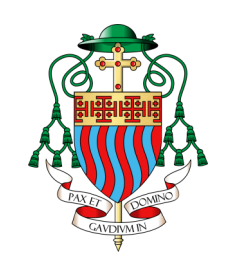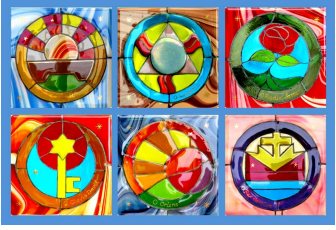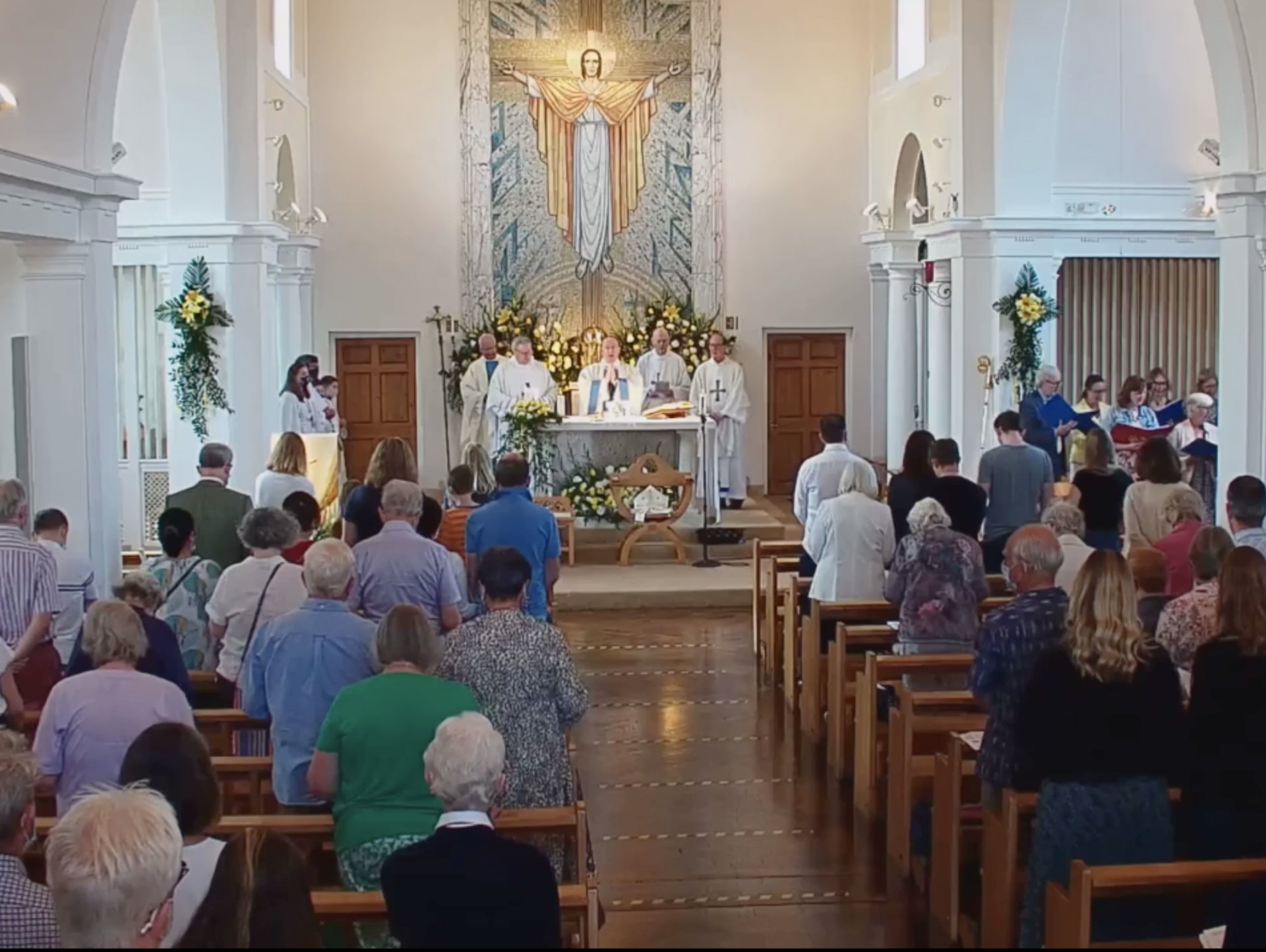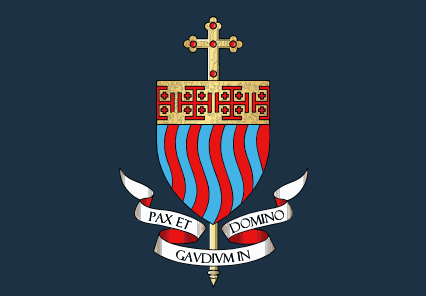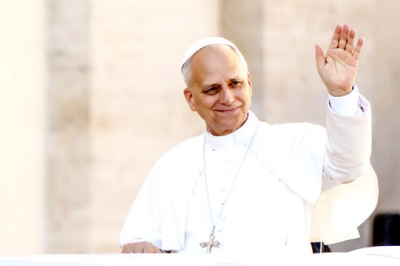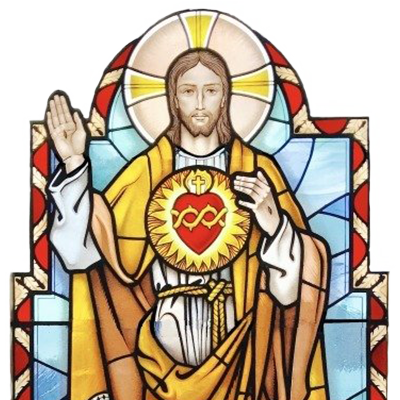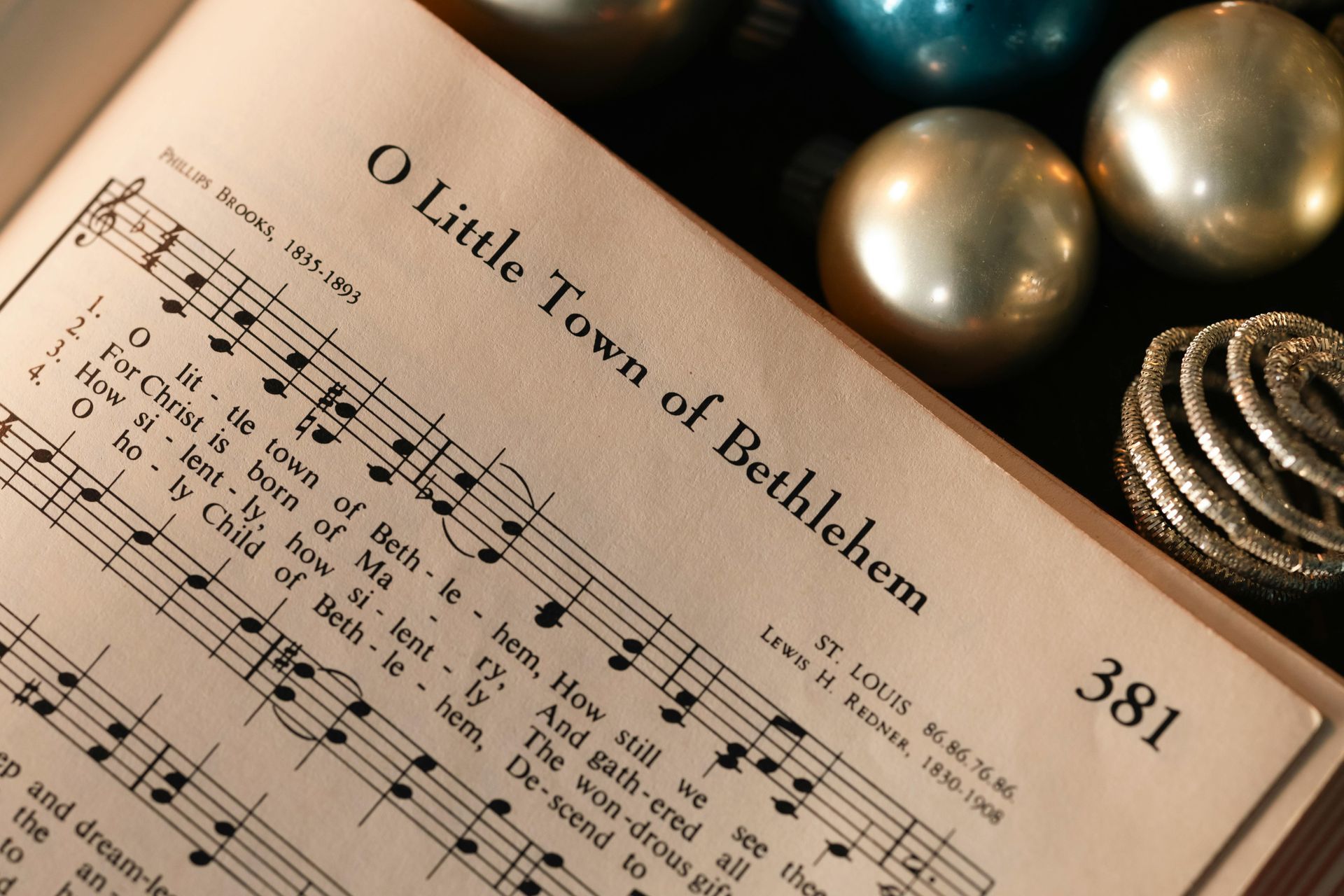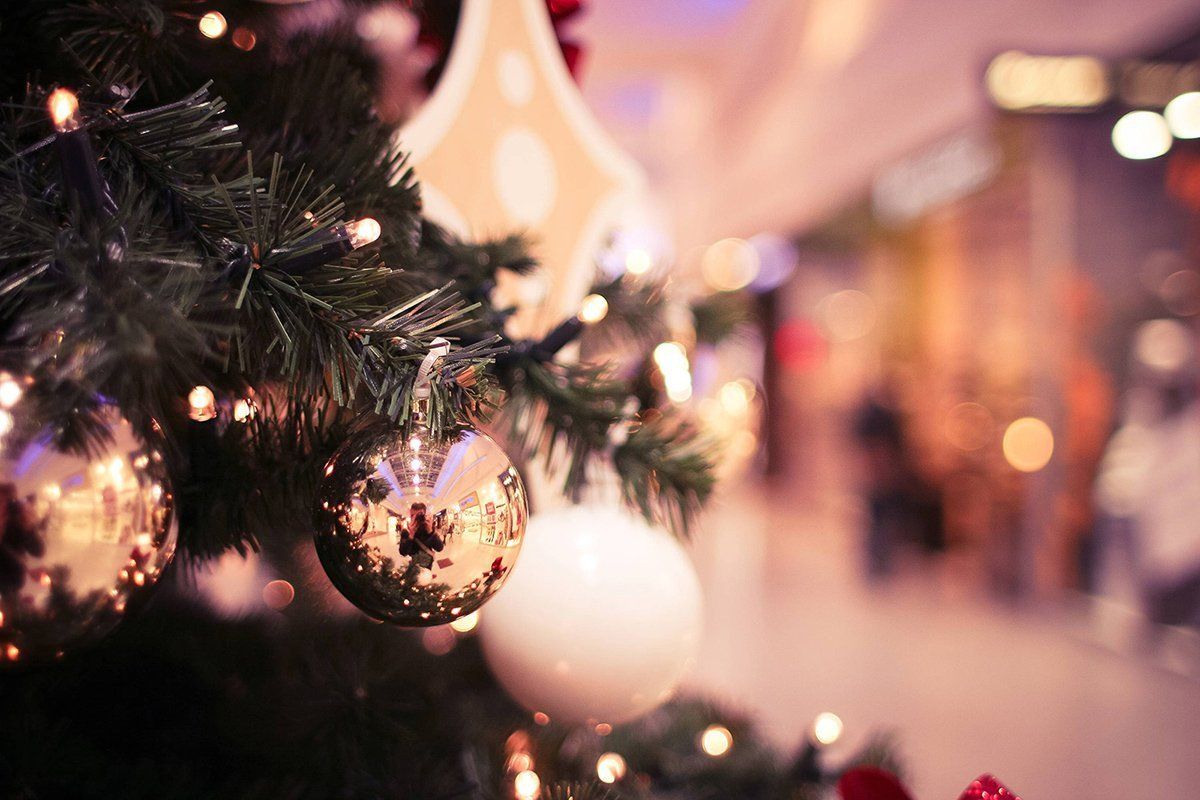THE PRESENTATION OF THE LORD
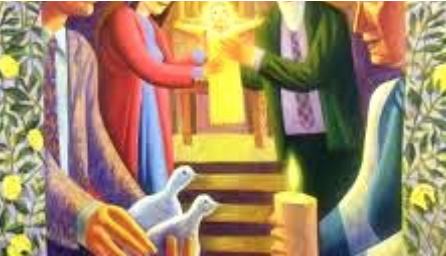
Until 1969, the ancient feast of the Presentation of Our Lord, which is of Oriental origin, was known in the West as the feast of the Purification of Our Lady, and used to end the Christmas Cycle, forty days after the Lord's birth. This feast has for long been associated with many popular devotional exercises. The faithful:
• participate in the procession commemorating the Lord’s entry into the Temple in Jerusalem and his encounter with God, whose house he had come to for the first time, and then with Simeon and Anna. This procession, which in the West had taken the place of licentious pagan events, always had a penitential character, and was later identified with the blessing of candles honour of Christ, ‘the light to enlighten the Gentiles’ (Lk 2, 32);
• are sensitive to the actions of the Blessed Virgin in presenting her Son in the Temple, and to her submission to the Law of Moses (Lk 12, 1-8) in the rite of purification; popular piety sees in the rite of purification the humility of Our Lady and hence, 2nd February has long been regarded as a feast for those in humble service.
Popular piety is sensitive to the providential and mysterious event that is the conception and birth of new life. Christian mothers can easily identify with the maternity of Our Lady, the most pure Mother of the Head of the mystical Body - notwithstanding the notable differences in the Virgin’s unique conception and birth.
These too are mothers in God’s plan and are about to give birth to future members of the Church. From this intuition and a certain mimesis of the purification of Our Lady, the rite of purification after birth was developed, some of whose elements reflect negatively on birth.
The feast of 2nd February still retains a popular character. It is necessary, however, that such should reflect the true Christian significance of the feast. It would not be proper for popular piety in its celebration of this feast to overlook its Christological significance and concentrate exclusively on its Marian aspects. The fact that this feast should be ‘considered [...] a joint memorial of Son and Mother’ would not support such an inversion. The candles kept by the faithful in their homes should be seen as a sign of Christ 'the light of the world' and an expression of faith.
[N.B. Our celebration of Mass on Wednesday morning (09.30) will begin with a blessing of candles and procession into the church from the narthex.]
